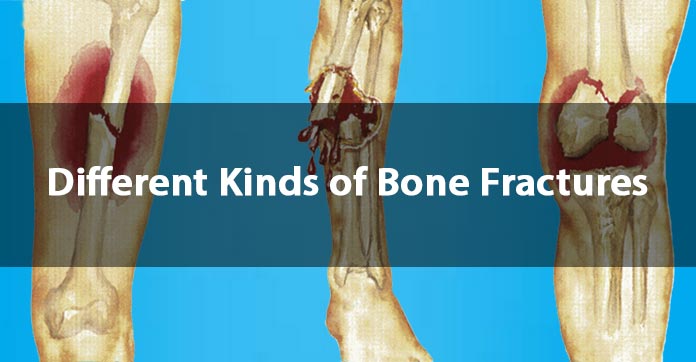
DAVE WATTS, MD
Orthopedic Surgeon
Bone Fractures Key Facts, Types, and Symptoms

A break in continuity of the bone is called bone fracture. Bone fractures can occur in different parts of the human body.
A lot of bone fractures occur due to high impact injuries or stress.
In some cases, bone fractures may also occur due to weak bones, or because of diseases like osteoporosis, cancers of various types, or brittle bone disease.
Key Facts About Bone Fractures
-
Falls and accidents are the most common cause of bone fractures.
-
A disease or medical condition can cause a pathological fracture.
-
Compound fracture does not only damage the bone but also injures the overlying skin.
-
Bone healing is a natural process which takes time and needs optimum conditions to come back to its original shape.
Types of Bone Fractures
These are the different kinds of bone fractures which may occur in the human body.
Transverse Fracture
The breakup across a bone is called transverse fracture.
Torus Fracture
A bone deformity which does not result in a crack but a fracture. Torus fracture is more common in the children with softer bones.
Stress Fracture
Individuals who indulge in sports activities are more prone to stress fractures. Repeated strains and stresses can cause a stress fracture.
Spiral Fracture
The spiral fracture results in one part of a bone getting twisted.
Pathological Fracture
The weakening of the bone caused by a disease and ultimately leading to a split.
Oblique Fracture
A diagonal fracture in a bone is called an oblique fracture.
Longitudinal Fracture
A longitudinal fracture is caused along the length of the bone.
Impacted Fracture
A high impact fracture in which one fragment of the bone gets into the another bone.
Hairline Fracture
A small or partial bone fracture. Some hairline fractures are too small to get detected by an X-ray examination.
Greenstick Fracture
Greenstick fracture leads to in part and not the complete breaking of a bone. Greenstick fractures are common in children with more elastic and softer bones.
Dislocation Fracture
The dislocation of a joint which also causes fracturing of a bone is called dislocation fracture.
Compression Fracture
The compression fracture is common in the spine region (spongy area). Osteoporosis can also cause compression fracture due to collapsing of the spine.
Comminuted Fracture
A comminuted fracture is the most severe type of split causing the bone to break into several pieces.
Avulsion Fracture
The pull of a ligament or muscle onto the bone that causes it to break is called avulsion fracture.
Common Bone Fracture Symptoms
These are some of the commonly associated symptoms for bone fractures.
-
Bruising, swelling or pain.
-
The affected bone area getting
-
The patient is bleeding due to an open fracture.
-
The patient may feel grating sensation or become unable to move the fractured bone.
-
The affected area may get bent to an unusual angle possibly pointing out to bone fracture.